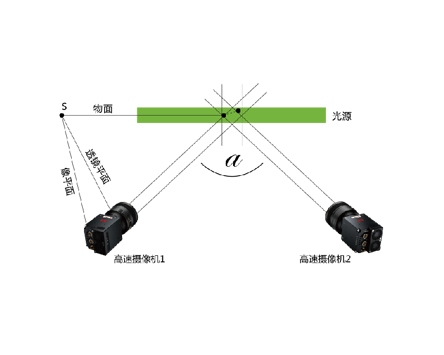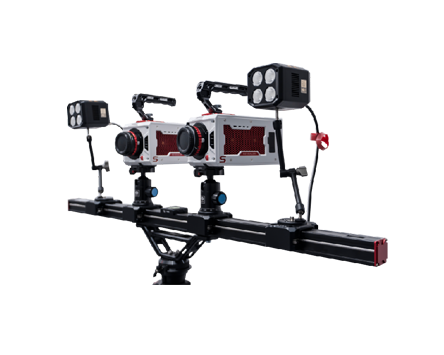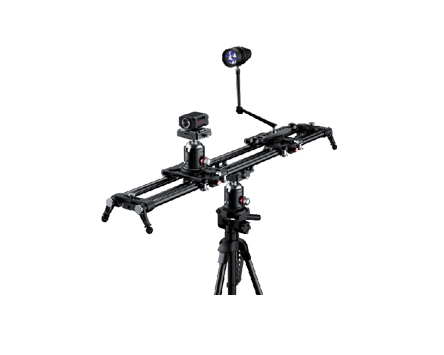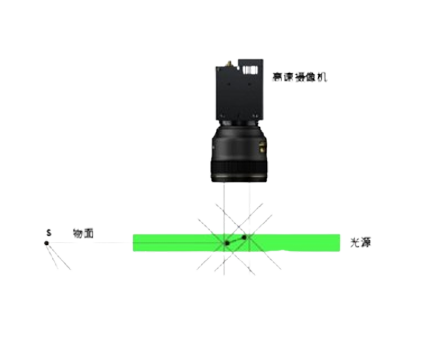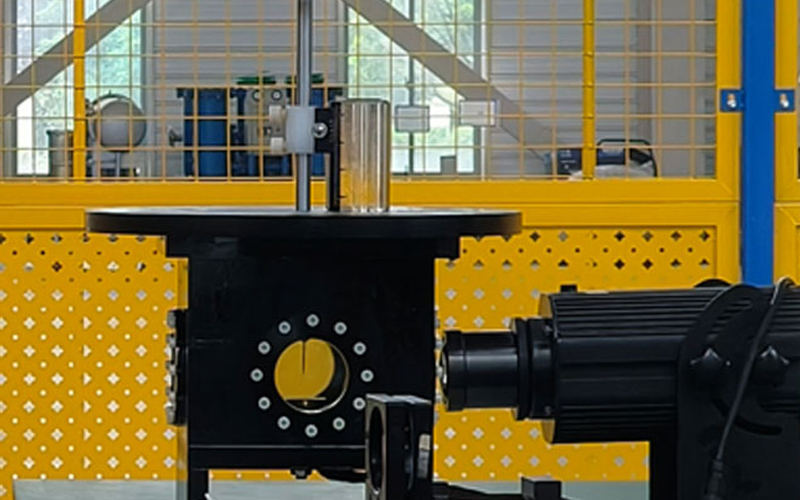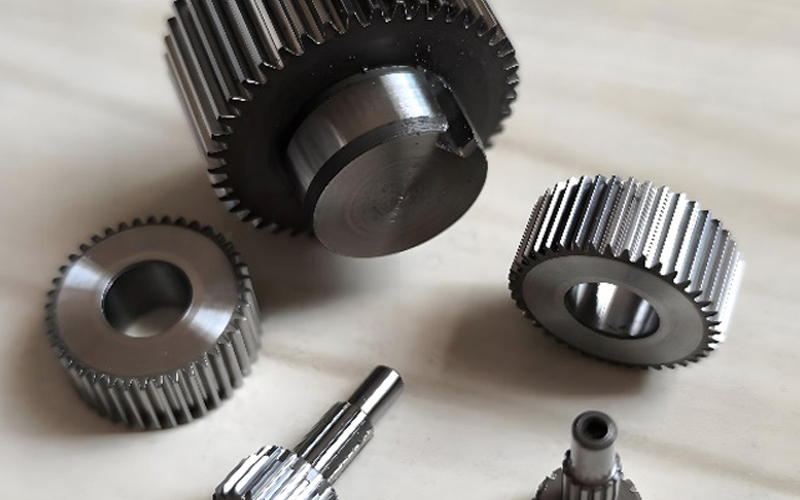
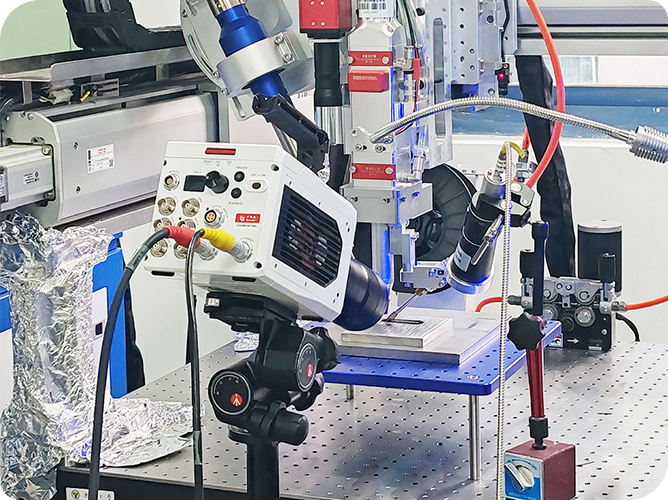
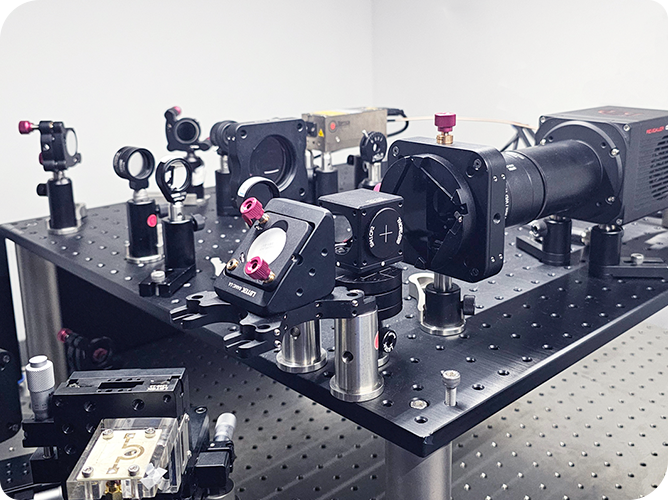
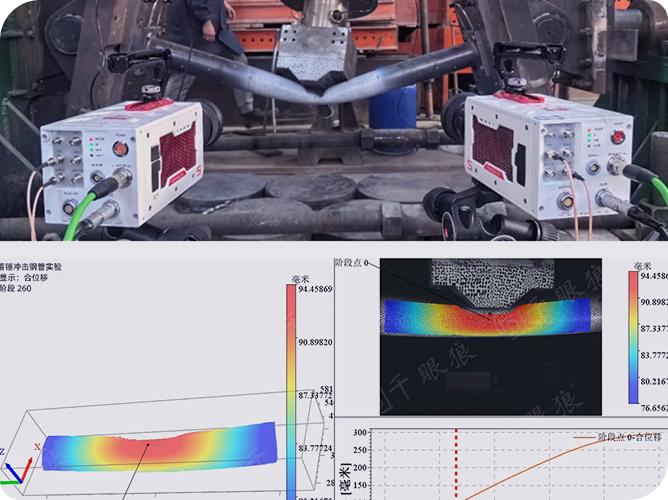
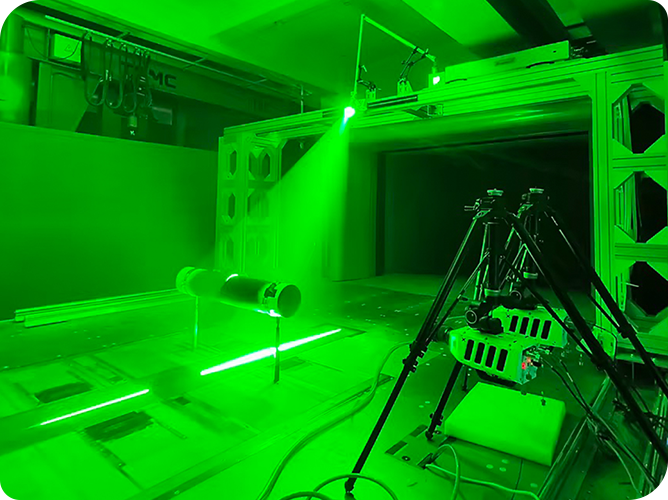
Meta Description deeply analyzes the core differences between CCD and sCMOS scientific cameras, covering rolling shutter, global shutter, and frame rate level applicable scenarios. Provides scientific camera selection guide for scientific research and industrial users to help you optimize scientific imaging experiments
sCMOS Scientific Camera Working Principle and Core Advantages
sCMOS (scientific-grade complementary metal oxide semiconductor) cameras greatly improve data conversion efficiency with their unique pixel column-level ADC design. This architecture makes it the preferred device for observing fast dynamic phenomena in cells (such as vesicle transport and calcium signal propagation). Its advantages include:
Ultra-high frame rate: supports acquisition speeds of hundreds to thousands of frames per second, far exceeding traditional CCD.
Low noise and high dynamic range: suitable for high-precision and high-speed imaging in low-light environments.
Flexible trigger mode: compatible with pulse light source synchronization, expanding application scenarios such as fluorescence microscopy.
Rolling shutter design of H2 sCMOS scientific camera
The sCMOS camera uses a rolling shutter design, which achieves a frame rate 10 times faster than CCD through line-by-line exposure and digital superposition. Key features:
Delay-free multi-frame overlay: avoids global exposure waiting time and improves high-speed event capture capabilities.
Microsecond time difference control: Minimize motion artifacts (<1% deviation) by optimizing the inter-line trigger timing.
sCMOS Scientific Camera Customized Trigger Mode and Global Exposure Optimization
High-end sCMOS cameras support customized trigger modes , achieving a “quasi-global exposure” effect through software and hardware collaboration:
Light source synchronization technology : The flash is triggered only during full frame exposure, reducing photobleaching and improving signal-to-noise ratio.
Multi-area ROI (Region of Interest) : Local high-speed acquisition can further improve the effective frame rate .
CCD Global Shutter Technology: Traditional Advantages and Limitations
The CCD (charge coupled device) global shutter technology ensures that all pixels are exposed synchronously, which is suitable for the following scenarios:
Transient event recording: such as complete capture of laser pulses and mechanical shock waves.
High consistency requirement: Avoid the influence of time difference between rows caused by rolling shutter.
limitation:
Low frame rate bottleneck: Single ADC design results in limited data transfer rate (usually <100 FPS).
High power consumption and cost: Complex circuit design drives up equipment price and energy consumption.
The future of the H2 sCMOS scientific camera
sCMOS scientific cameras have become a strong competitor to CCD technology in high-speed application scenarios with their superior performance and flexibility. With the continuous advancement of technology, the application prospects of sCMOS cameras in scientific imaging will be even broader.
Superior performance: sCMOS cameras perform well in high-speed, high-dynamic, low-light applications.
Technological progress: The innovation of chip technology and the progress of image processing technology will further improve the parameter performance of sCMOS cameras.
Broad prospects: sCMOS cameras have broad application prospects in super-resolution microscopy, cell biological imaging, quantum imaging, neurobiology, single molecules and other fields.
